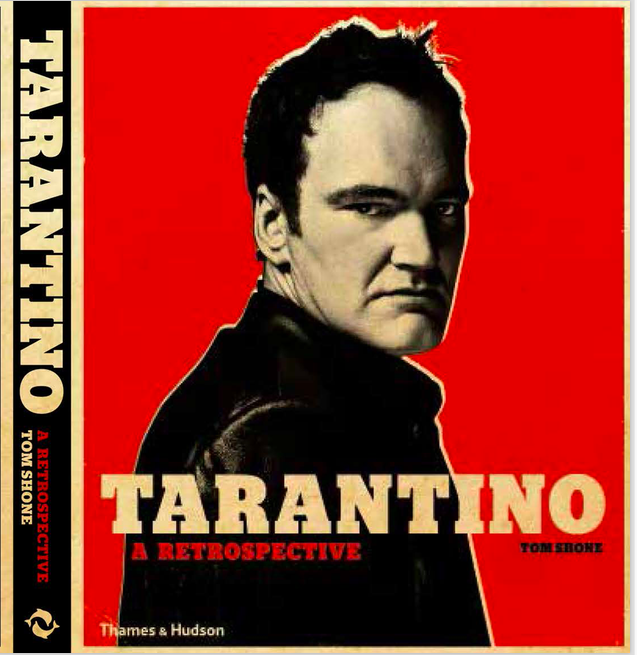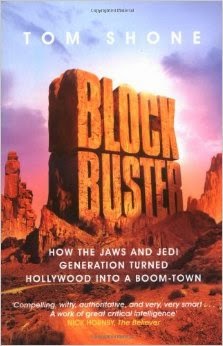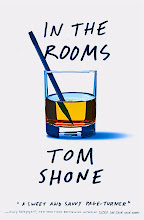




 From Top:—Sandra Bullock in Gravity; Jennifer Lawrence in Hunger Game: Catching Fire; Amy Adams in American Hustle; Julia Roberts in August: Osage County; Carey Mulligan in Inside Llewyn Davis; Adèle Exarchopoulos and Léa Seydoux in Blue is the Warmest Color.
From Top:—Sandra Bullock in Gravity; Jennifer Lawrence in Hunger Game: Catching Fire; Amy Adams in American Hustle; Julia Roberts in August: Osage County; Carey Mulligan in Inside Llewyn Davis; Adèle Exarchopoulos and Léa Seydoux in Blue is the Warmest Color.




































